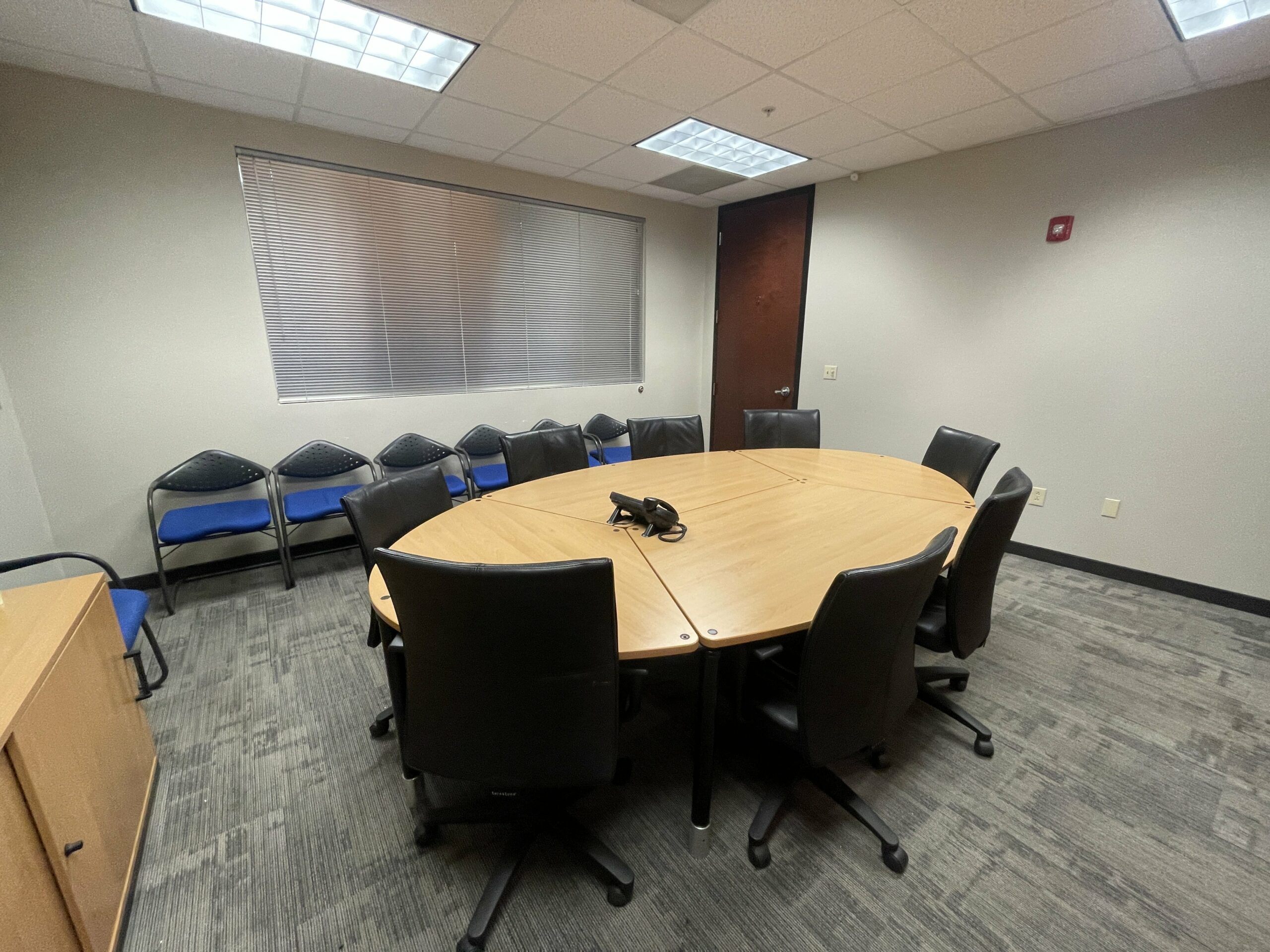How Effective Trial Presentations Can Influence Jury Outcomes.
How to Craft a Compelling Test Discussion That Wins Instances
In the world of test campaigning for, the capability to craft an engaging presentation is critical to safeguarding positive end results. An effective test discussion calls for a nuanced understanding of the jury's demographics and biases, together with a carefully structured story that perfectly incorporates valid evidence and psychological vibration.
Understand Your Target Market
Comprehending your target market is an important part of crafting an efficient test discussion. The jurors, judges, and various other individuals in a trial come from diverse histories, each having unique experiences and perspectives. Therefore, it is important to customize your discussion to reverberate with these people.

Furthermore, recognizing the emotional and cognitive aspects that affect decision-making is vital. Jurors are typically guided by sob stories and narration, making it crucial to connect with them on a human level. By mounting your debates in such a way that aligns with their values and experiences, you can improve involvement and persuade them effectively. Inevitably, a well-considered technique to target market understanding can dramatically impact the outcome of your presentation and, as a result, the trial itself.
Structure Your Narrative
A well-structured story serves as the foundation of an engaging trial presentation. To attain this, start with an engaging opening declaration that lays out the central theme and establishes the tone for the discussion.
Next, existing the truths in a rational sequence, making certain that each piece of evidence builds on the previous one. This chronological progression aids jurors comprehend the context and relevance of each reality, thus reinforcing your debate. It is vital to weave in emotional components that resonate with the court, as this can evoke empathy and assistance for your position.

Conclude with a compelling closing declaration that reiterates your bottom lines and leaves an enduring impression. Sum up the key takeaways and make a solid allure for the wanted verdict. By structuring your narrative effectively, you can develop a convincing test presentation that not only educates however additionally captivates and affects jurors in your support.
Use Aesthetic Aids
Integrating aesthetic aids into your test discussion improves the jurors' understanding and retention of details. Efficient usage of aesthetic aids can simplify intricate data, making it much more obtainable and engaging for the jury. Graphes, charts, timelines, and photographs serve as effective devices to illustrate bottom lines and enhance your story.
When choosing aesthetic aids, ensure they are appropriate and directly support your case. Each aesthetic need to be clear, professionally designed, and very easy to recognize at a look.

Technique Effective Distribution
Practicing efficient distribution is vital for making a long-term perception throughout a test presentation. The manner in which you communicate your disagreements can considerably influence the jury's assumption and understanding of your situation.
In addition, keeping eye contact with jurors fosters link and involvement. Stay clear of reviewing straight from notes; rather, acquaint on your own with the material to make sure a much more natural delivery. Practice in front of coworkers or utilize tape-recording tools to examine your performance and change accordingly.
Including storytelling strategies can likewise enhance your presentation, making it more relatable and unforgettable. Use stops briefly effectively to stress essential factors and allow the court to review the info presented.
Anticipate Questions and Objections
Reliable shipment establishes the stage for a compelling test presentation, however anticipating concerns and objections is equally crucial in securing the jury's self-confidence. By planning for prospective queries and difficulties, attorneys can create an extra persuasive narrative and show their command over the case.
Begin by recognizing one of the most likely concerns the court could have concerning key proof, witness reputation, or legal principles. Developing clear, succinct responses in advance will certainly not just bolster your disagreement but also showcase your readiness. Take into consideration typical objections from the opposite counsel-- whether pertaining to the admissibility of proof or the significance of certain points-- and prepare counterarguments that properly deal with these worries.
In addition, keep an adaptable frame of mind throughout Resources the discussion. Pay attention to jurors' non-verbal hints; their body language might show confusion or apprehension. Being attuned to these signals permits real-time adjustments to your shipment, providing quality when essential.
Inevitably, preparing for concerns and arguments transforms potential weaknesses right into staminas, reinforcing your placement and instilling better count on the court. This aggressive method not only improves your reliability however also adds dramatically to the overall efficiency of your test presentation.
Final Thought
A compelling test presentation necessitates a comprehensive understanding of the audience, a well-structured narrative, and the critical use visual help. Effective distribution, identified by certain body movement and significant juror advice involvement, enhances the total impact. Furthermore, anticipating concerns and arguments ensures readiness and adaptability in the courtroom. Jointly, these aspects add considerably to shaping jury understandings and affecting case results, underscoring the value of thorough preparation in the art of test discussion.